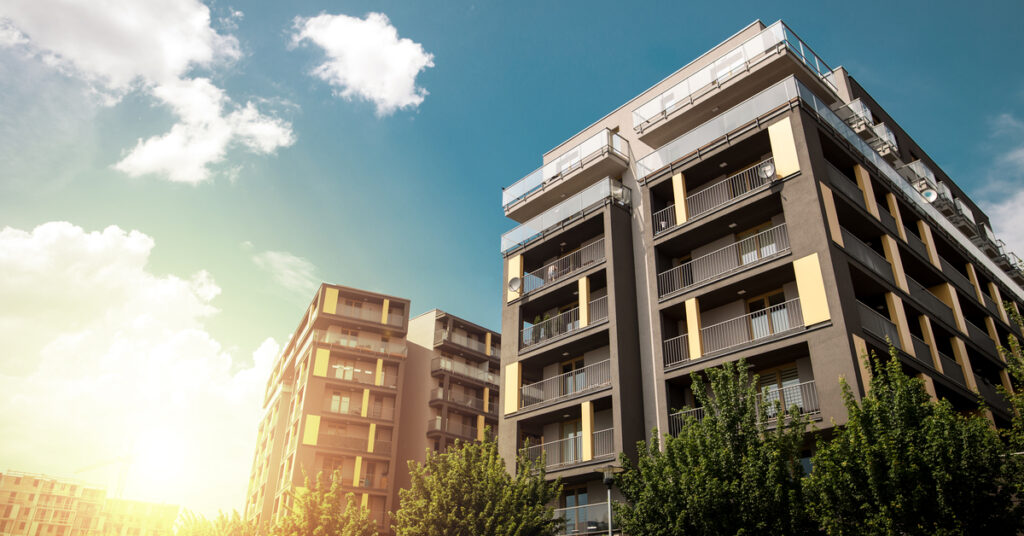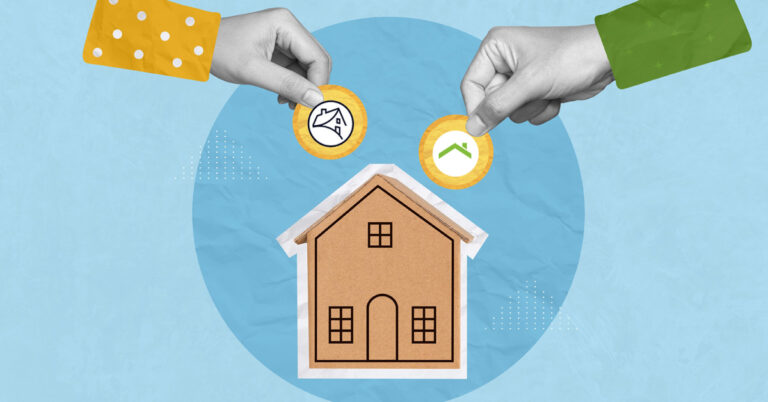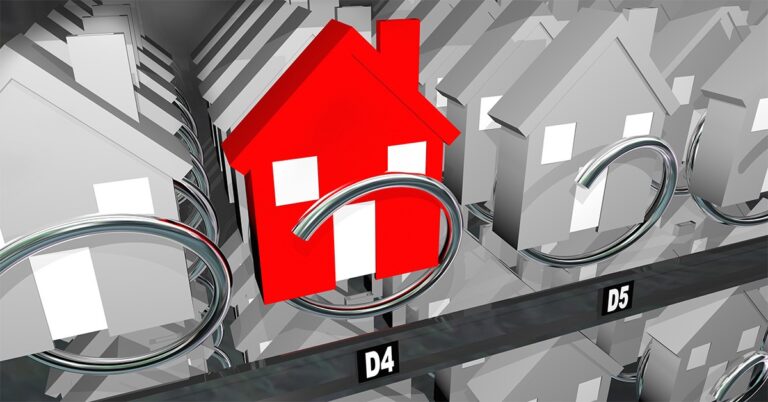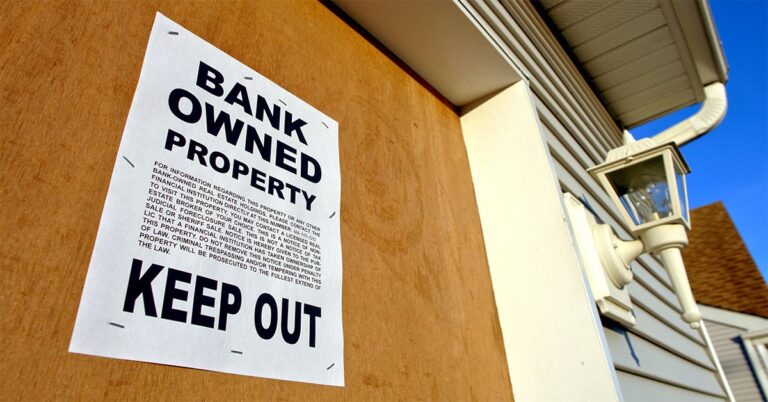Yardi Matrix expects 2021 in multifamily to be better than 2020, though the market research firm still expects a fair share of turbulence.
That’s the big takeaway from Yardi’s Winter 2021 Matrix Multifamily National Outlook, which acknowledges that broad rollout of the COVID-19 vaccine will help, but it will still likely take a while before the apartment sector fully finds itself in an earnest recovery.
“While there does appear to be light at the end of the tunnel, it will take some months to get most of the country vaccinated and get businesses operating as normal,” the report said.
Renters have disproportionately taken the brunt of job losses since the COVID crisis began, and while job growth has been generally upbeat since last summer, the economy is still almost 10 million jobs off its peak. Many parts of the recently passed $900 billion aid package will help renters, Yardi said, including the $25 billion allocated for renter assistance and $300 per week in added unemployment benefits. But with millions of renters still struggling to make their monthly rent payments, Yardi predicts that another stimulus package will likely be needed to keep both tenants and property owners afloat.
Widespread financial issues among renters helped weaken rental demand in 2020, putting the brakes on rent increases and causing a 0.8% backtrack in multifamily rent growth for the year. The downshift in rent prices wasn’t broad-based, with both rents and occupancy levels plummeting in expensive gateway metros as residents left for more affordable, less dense areas. Those areas — especially nascent tech hubs in the Southwest, Midwest and Sun Belt — performed better, seeing modest rent growth.
Yardi expects those trends to continue into 2021 while predicting that the nation as a whole reverses 2020’s rent decline. National rents are forecast to increase 2.0% year over year, with Las Vegas (4.8%), Salt Lake City (4.3%), Austin (3.9%), Indianapolis (3.9%) and Phoenix (3.7%) tabbed to lead major metros in rent growth. Each of those markets last year except Austin saw positive rent growth of at least 3.5%. Pricey coastal hubs are anticipated to see more weakness, with Yardi’s forecast calling for further rent declines in 2021 in cities like San Francisco (-1.7%) and San Jose (-1.4%) and slight growth in other gateways like Los Angeles (0.3%).
On the supply side, about 285,000 units were delivered nationwide in 2020, down some 7% from 2019, though not as much as some initial forecasts predicted. With 765,000 units currently under construction, Yardi anticipates a bit of a rebound this year. Nearly 328,000 units are forecast to be delivered in 2021, with Dallas (22,909 units forecast) and Miami (16,262) expected to lead major metros in completions.
Want more news, topics and trends?
Get perspectives on the mortgage industry from thought leaders by subscribing to Scotsman Guide’s free digital editions.
Among gateway markets, Washington, D.C. (14,541), leads in forecast deliveries, with large numbers also expected in Los Angeles (11,296), Boston (8,449), Chicago (7,797), New York (7,335) and San Francisco (7,166). However, Yardi posits that the ongoing flight from density could affect the leaseup of such deliveries over the next few years, particularly since most of the new supply is targeted toward lifestyle renters, as opposed to renters by necessity.
For those in the lending sphere, it’s worth noting that Yardi remains generally positive about multifamily investment in 2021. Per Yardi’s data, transaction volume fell from $127.6 billion in 2019 to just over $80 billion last year, though that’s chiefly because activity withered in the spring during the initial stages of the pandemic. Multifamily clawed its way back to favorability after the second quarter pause, and at the start of this year, Yardi noted that many investors are bullish on the prospects for multifamily demand.
“The biggest impediment to transaction volume is not a lack of capital looking to buy properties but the reluctance of owners to sell and the pricing gap between buyers and sellers,” Yardi wrote. “The pool of dry investment capital is substantial, but buyers are either waiting for prices to go down or being outbid by more aggressive investors. The effect is a filtering down, in which investors are moving down a notch in market size.”
Servicing, Yardi added, will be critical in 2021.
While loan delinquency rates within multifamily remain low, properties with weak rent collections have had to enter forbearance. It’s possible that defaults will spike this year if unemployment rates stay elevated, leaving renters low on funds to cover their housing costs. That risk is escalated if government support for renters and tenants alike ends before employment regains its footing.







